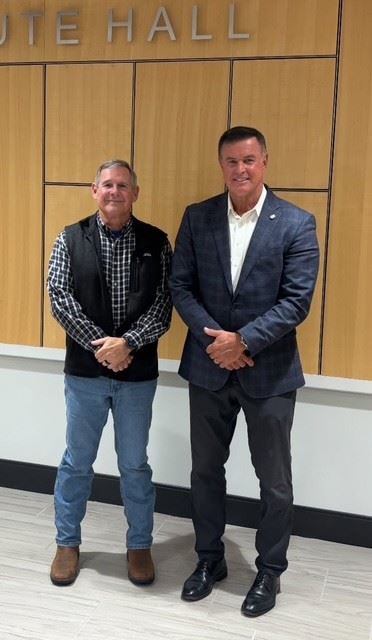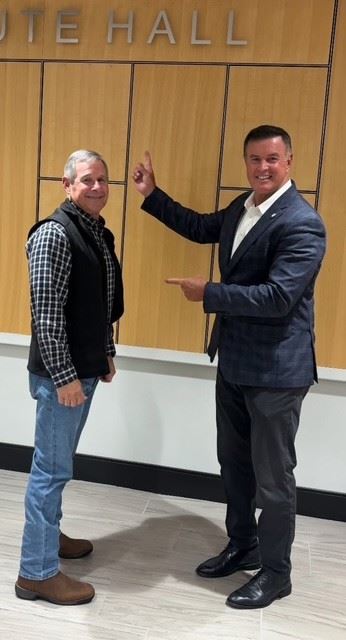Tom Long envisioned working his entire career with the Memphis Police Department when he first entered the law enforcement world in 1977. In most careers, circumstances and opportunities lead to paths not always planned which is exactly what happened to Tom in 1979 when he moved to the Desoto County Sheriff’s Department. Soon after, law enforcement leaders quickly realized that the newly-incorporated Southaven could benefit greatly with a young, talented and hungry officer like him. In 1980, Tom Long became the very first officer hired by the new Southaven Police Department. The new department was learning “on the fly” with new city demands as formal professional policies and procedures were being developed. He quickly shouldered as much responsibility as he could and showed great potential as a young officer which led to his honorable invitation to the FBI National Academy in 1985. After completion of this prestigious training, he was relied upon more and more to lead the growing department and rose to the rank of captain in the mid ‘80s. In 1989, it had already become clear that he was ready for the reins when the city appointed him as Chief of Police at the young age of 35.
As the 1990s rolled around and continuing until his retirement in 2016, Southaven became one of the fastest growing cities in America which placed tremendous demands on police operations. Annexations, economic development, population explosion and tremendous transient volume made protecting the growing city a challenge that no one foresaw in the early years and few have ever experienced, anywhere. Chief Long navigated the city through unchartered waters, specifically prioritizing training for both new personnel and ongoing advanced skills for all. Building upon programs that began in the ‘80s, he led the Southaven Police Department to be respected by other agencies all over the state and region as a model for training and professionalism highlighted by specialized weapons and tactical training. Leading with the highest standards, Chief Long laid the foundation for the zero-tolerance crime policy and solid reputation that still exists today. These efforts also expanded outside of Southaven when he founded the Tactical Officer Survival School in 1993 to share his knowledge and skills of specialized weapons and tactical operations with military personnel and other law enforcement agencies across the country.
Tom Long’s core management philosophy was built with an upside-down organizational pyramid because, to him, the men and women actually doing the work were always the most valuable to the organization. He also humbly credits the leaders before him who prepared him for future challenges and opportunities. He always believed it was his obligation to do the same for those he was privileged to lead using the analogy that riding on the backs of “giants” lifts future leaders higher to see beyond what their leaders could ever see, ultimately making them even better leaders. This selfless leadership style proved successful as all future chiefs to this date in the Southaven Police Department were trained by him as well as countless other leaders both in and outside the law enforcement realm.
Sir, not only did you achieve “giant” status, but you are truly one of the greatest “giants” in Southaven’s history!

